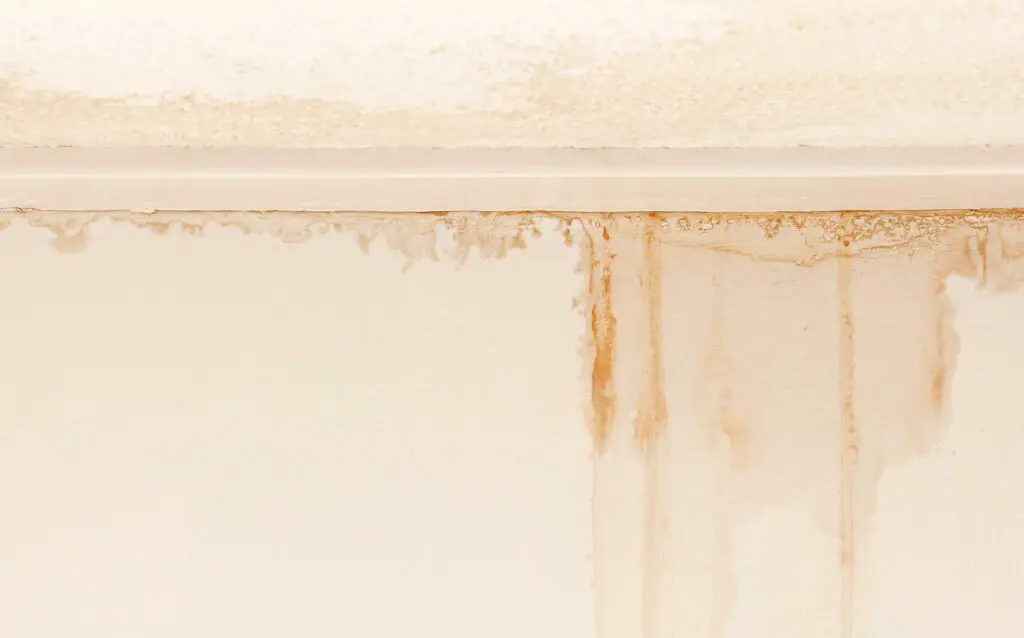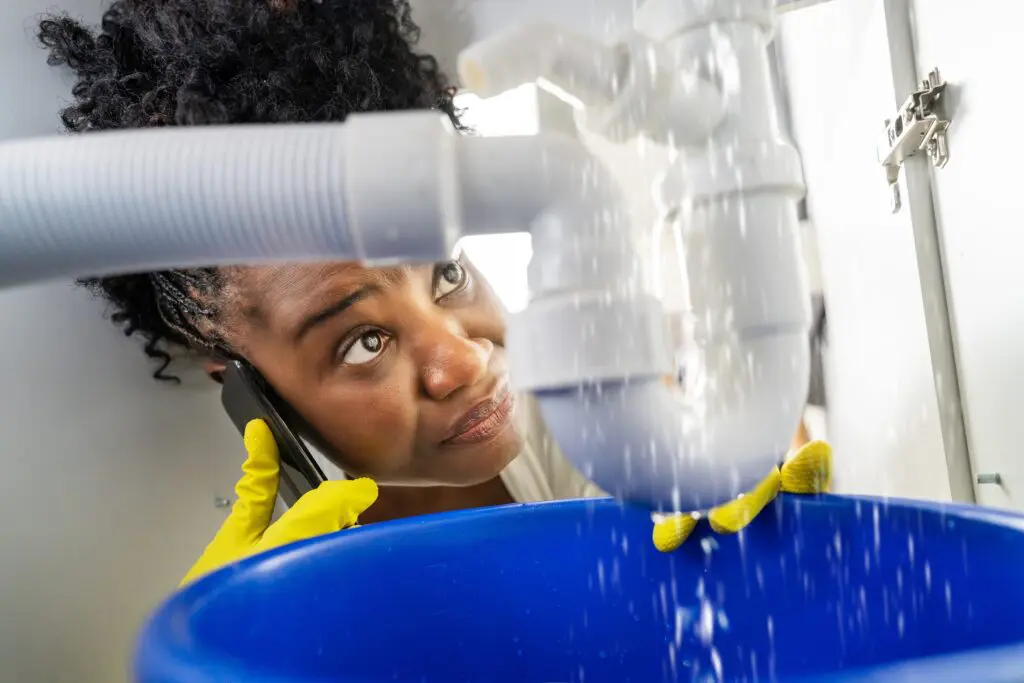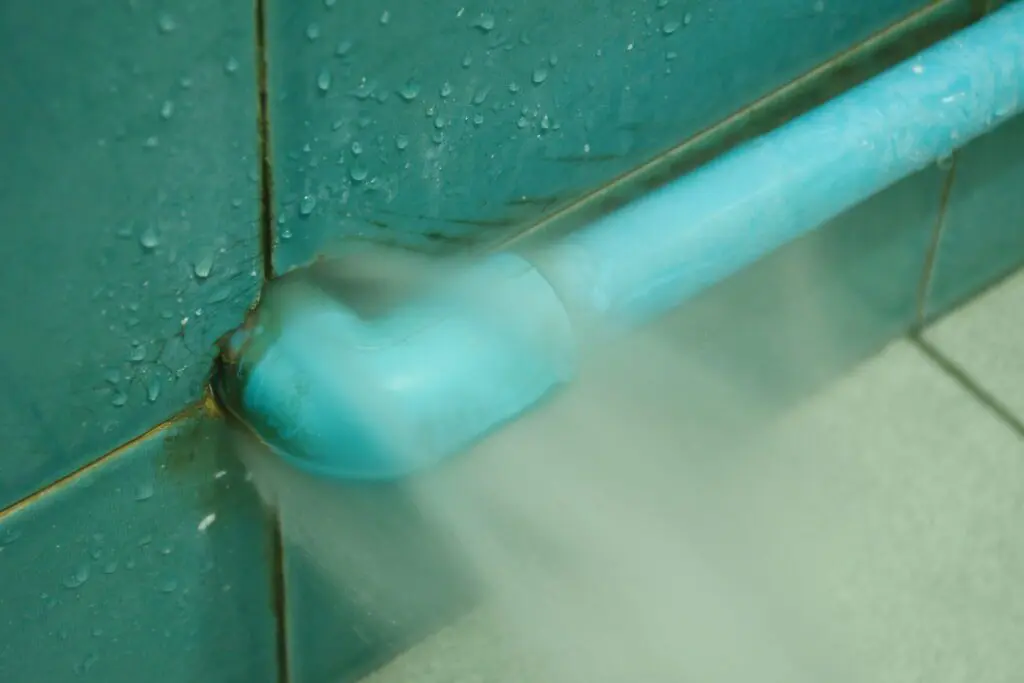Plumbing Tips and How To’s
Even if you aren’t planning on fixing problems yourself, knowing common issues to look for can be crucial to sourcing and fixing problems quickly. What’s more, it can help you define the severity of the potential problem and if it’s time to call a plumber to solve the issue.
The essential first step to solving plumbing problems is troubleshooting. If you take the time to investigate the potential issue, you’ll be able to fix the problem yourself or provide useful information to a plumber. This troubleshooting could help you fix the problem quickly and cost-effectively.
Here’s a plumbing troubleshooting guide to get you started.
5 Plumbing Troubleshooting Tips
1. Listen For Dripping Sounds
If you hear dripping sounds, it could be a sign that there is a leak in your plumbing.
This is important to identify because a dripping faucet can waste a lot of water over time, leading to higher water bills and potentially damaging your home if the leak is not repaired. Additionally, if the dripping sound is coming from a pipe, it could be a sign that the pipe is damaged and needs to be repaired or replaced.


2. Look For Evidence Of A Leak
Evidence of a leak could include water stains on walls, floors, or ceilings; peeling paint; or mold or mildew. These signs could indicate that there is a leak in your plumbing that needs to be repaired.
3. Look Under Vanities, Sinks, Toilets, Basement Ceilings, & Crawl Spaces
Checking these areas can help you identify any potential leaks or other plumbing issues that may be hidden from view.
For example, you may notice that the pipes under a sink are leaking or that there is water damage on the ceiling below a bathroom. Frequently checking these could prevent major problems that build up over time.

4. Look For Puddles of Water
Puddles of water could be a sign that there is a leak in your plumbing. It is important to identify and repair any leaks as soon as possible to prevent further water damage to your home. If a puddle has appeared over a short period, this could be a sign of a fast leak that needs repairing quickly.
Quick Tip! If your water bill is higher than normal a quick way to determine if the leak is outside or inside is to turn off the master valve in the house and look to see if the meter indicator is rotating. If it is the problem is in the waterline to the house.

5. Listen For Hissing Or Running Water Noises
If you hear hissing water or running water noises, it could be a sign that there is a problem with your plumbing. For example, if you hear hissing water, it could indicate that there is a fine mist being sprayed from the pipe.
On the other hand, if you hear running water noises when no water should be running, it could be a sign that there is a leak in your plumbing. Identifying and fixing these issues can help prevent water waste and potential damage to your home.
How To Avoid Plumbing Problems: In Summary
Overall, it is important to regularly check for signs of plumbing issues in order to catch and fix any problems before they become more serious and costly to repair. By following these steps and being vigilant about identifying potential plumbing issues, you can help prevent water damage and save money on water bills and repairs.



